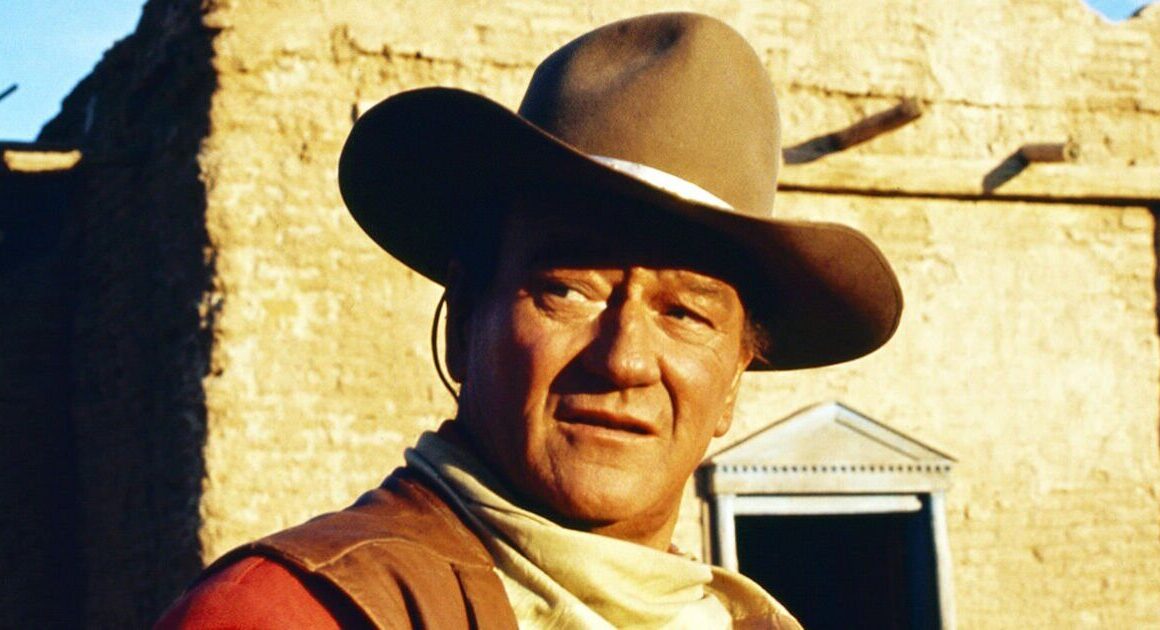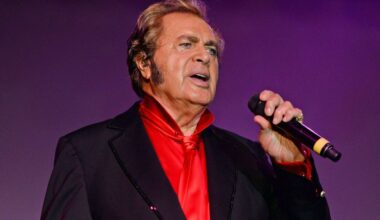During his legendary career, John Wayne became inseparably linked to one iconic director—John Ford. Their collaborations birthed some of the most celebrated films in Hollywood history, including Stagecoach, The Man Who Shot Liberty Valance, Rio Grande, and The Quiet Man. But while Ford was undoubtedly Wayne’s most famous filmmaking partner, there was another director he deeply admired—Howard Hawks. Outside of Ford, Hawks was Wayne’s favorite director to work with, even though their approaches to filmmaking were vastly different.
By 1975, Wayne was nearing the end of his storied career, yet he still took the stage at the Academy Awards to honor Hawks with an Honorary Award for his contributions to cinema. As always, Wayne’s speech was as charismatic as the man himself.
“I’m here to give an Honorary Award to a motion picture director,” he began with his signature bravado. “Now, actors hate directors. They hate them because when actors have given their everything, directors want more. Boy, how they hate that.”
But the tone quickly shifted as Wayne expressed the deep respect he had for directors like Hawks. “Then, one day, those actors see themselves up there in scratchy old black-and-white…or glorious Technicolor and 20 feet high, better than they ever thought they could be. Doing things they never imagined. And at that moment, they don’t hate the director. They love them. That’s how I feel about this man—Howard Hawks.”
To many modern film lovers, Hawks is often remembered as a master of the Western genre. And it’s true—he directed Wayne in five classic films: Red River, Rio Bravo, Hatari!, El Dorado, and Rio Lobo. But Hawks’ talent extended far beyond the dusty trails of the Old West.
One of his biggest admirers, director John Carpenter, studied Hawks’ films extensively to understand his mastery across multiple genres. “I fell in love with his work because he’s so versatile,” Carpenter once told MTV. “He did adventures, The Thing from Another World. He did cowboy movies, comedies. I mean, he did all sorts of things.” While most of Carpenter’s film school peers idolized John Ford, he remained steadfast in his belief that Hawks was the true master of the craft.
For Wayne, the real appeal of working with Hawks lay in his directing style, which contrasted sharply with Ford’s rigid, authoritative approach. Wayne, who affectionately called Ford “Pappy,” described their differences vividly. “Howard gave actors the feeling that they were really a creative part of the process in any scene,” Wayne recalled. “He let actors come up with ideas, then he’d go away and write them into the script.” This stood in stark contrast to Ford’s method—Wayne admitted, “Pappy would never have allowed that.”
Hawks’ directing philosophy was far ahead of its time, leaning heavily into naturalism and improvisation—an unusual approach in the era of classic Hollywood. “Howard would sometimes give an actor lines without telling the others in the scene, and that way, he got actors to respond naturally,” Wayne explained. “He liked spontaneity. He never had anything written in stone.”
Perhaps the best way to understand Hawks’ unique vision is through a humorous anecdote Wayne often shared. According to The Duke, Hawks once told him, “Duke, if you can make three good scenes in this picture without annoying the audience, you’ll be okay for the rest of the time.” This cryptic advice stayed with Wayne, leading him to occasionally check in with the director: “Is this one of those scenes?” Hawks, ever the pragmatist, would sometimes reply, “This is a scene where you get it over with as quickly as you can and don’t annoy the audience.”
Wayne and Hawks’ collaborations resulted in some of the most beloved films of all time. While John Ford may have been the director most synonymous with The Duke, it was Howard Hawks who gave Wayne the freedom to experiment, improvise, and ultimately, become an even greater performer. Their partnership was one built on mutual respect, and it remains one of Hollywood’s finest examples of actor-director chemistry.





